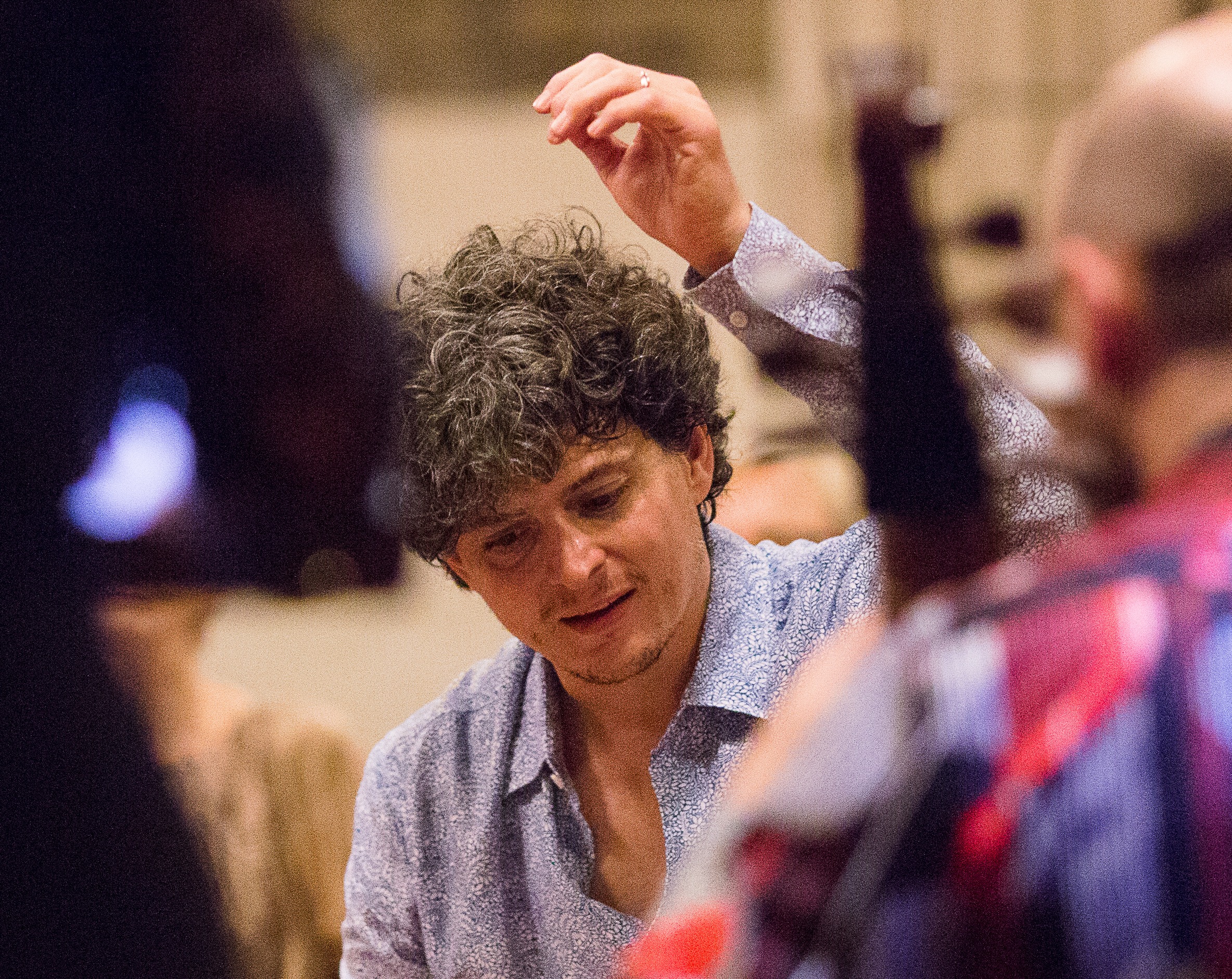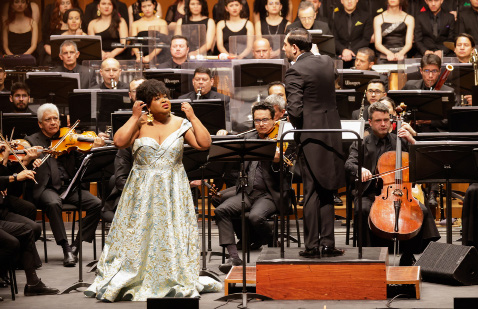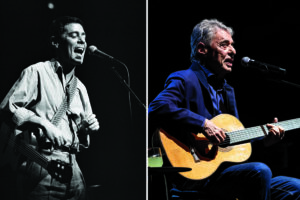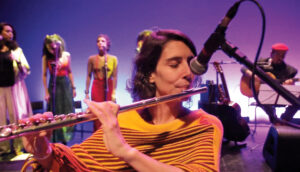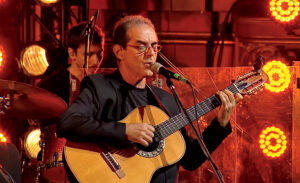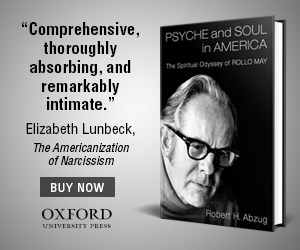This article is adapted from AQ’s special report on COP 30
For more than a decade, Bogotá’s Teatro Mayor Julio Mario Santo Domingo has hosted its signature Festival Internacional de Música Clásica, a biannual, weeklong international celebration of classical music. In its seventh edition in April, nearly 300 musicians from the Americas and Europe performed works ranging from Brazilian composer Heitor Villa-Lobos (1887-1959) classics to orchestral versions of popular music. Americas Society’s vocal ensemble participated with a piece by Canadian composer Claude Vivier, and I spent the week exploring both the festival and Bogotá’s vibrant music scene—captured in the playlist that follows.
The opening concert featured the Bogotá Philharmonic, one of four full orchestras participating in the festival, alongside sopranos Betty Garcés and Julieth Lozano, and Mexican star tenor Ramón Vargas. This concert included symphonic versions of popular songs, propelled by a stellar percussion section, such as a somewhat older rendition of the traditional “La pollera colorá,” one of Colombia’s most famous songs.
Cumbia is never far from the musical surface on any given night in this bustling capital, and there are as many iterations of it as artists from across the country. You could, for example, find the santanderano Jaison Neutra performing his heartfelt and swinging “El peso,” a take on cumbia that subtly combines electronic and acoustic sounds, reminding us that dancing the sorrows away is not a bad way to face heartbreak.
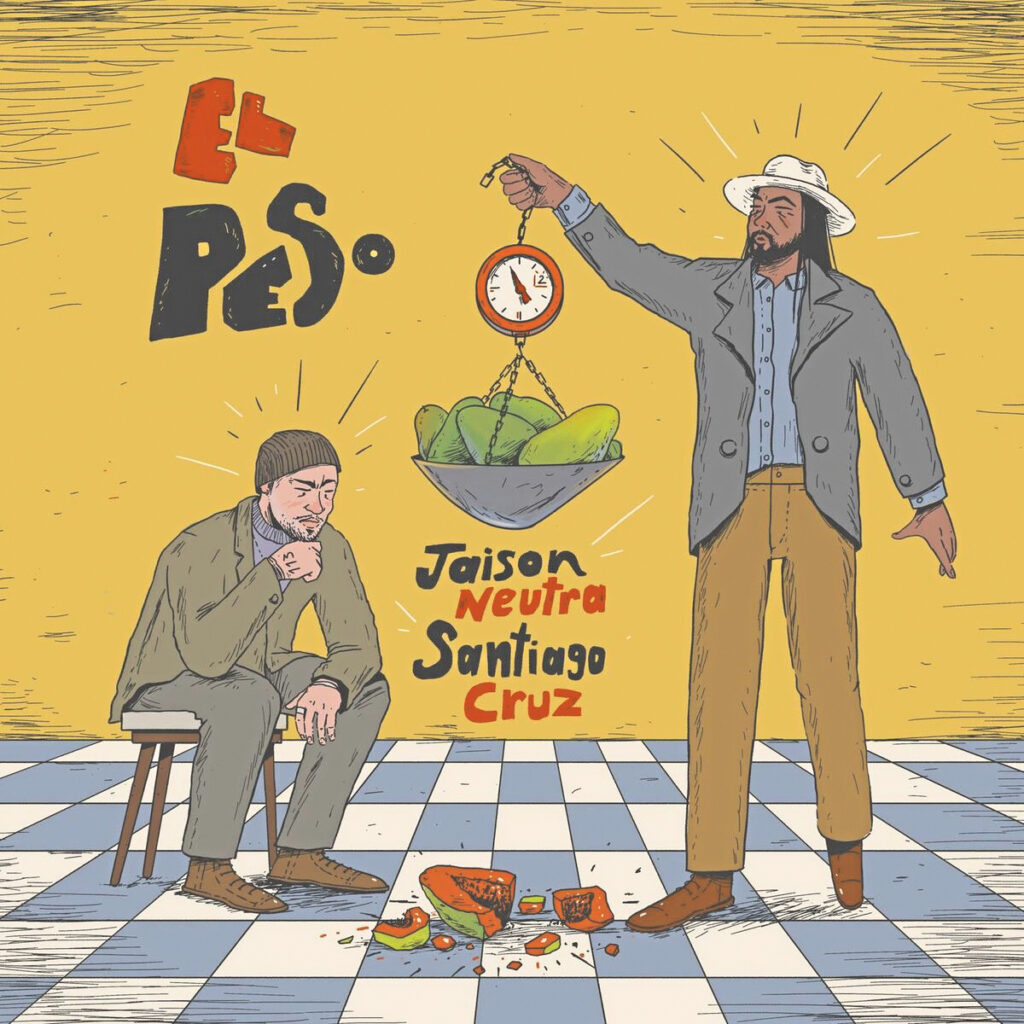
El peso
Jaison Neutra and Santiago Cruz
Bogotá, naturally, is home to an array of musical styles, like the delicate elaborations on Andean music by tiple virtuoso Diego Bahamón. The tiple, popular in Colombia since the 19th century, is one of the several guitar-like instruments played across the continent, featuring four sets of triple stings. “Berceuse,” a lulling composition, highlights the in- strument’s rich sound. Unlike the guitar, which has six individual strings, the tiple configuration gives it a shimmering tone, which works beautifully in this calm tune.
The combination of electronic and acoustic sounds forms the base for three artists from the city: Opa!, Telebit and Jimena Angel. In all cases, hybrid beats and harmonies, sometimes jagged, sometimes flowing, support the intimate vocal parts, with hypnotic results, as in Angel’s “Tengo lo que tengo.”
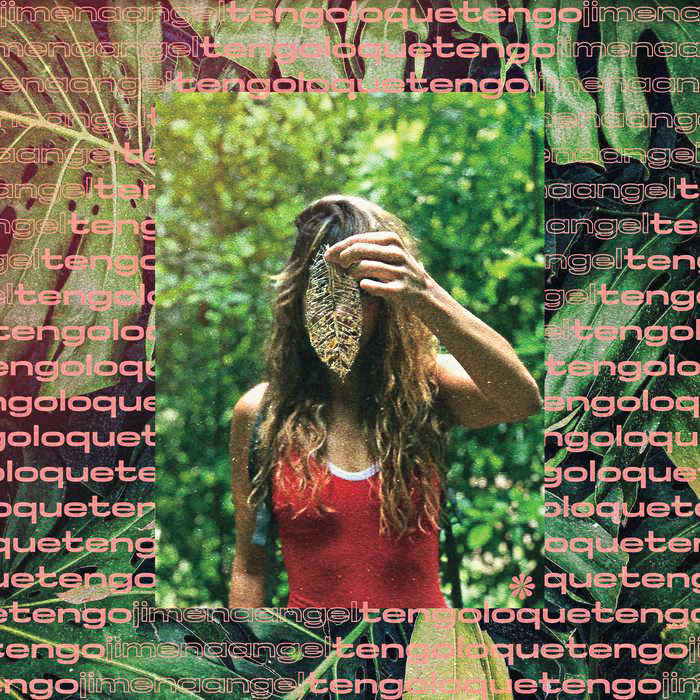
Tengo lo que tengo
Jimena Angel
Bituin is a band of siblings with an unusual setup, including two sisters who sing (Juanita and Valentina Áñez) and two brothers (Santiago and Daniel de Mendoza) on percussion and bass. Their whimsical “Palenque,” named after the UNESCO-protected village in northern Colombia, features the sisters’ ever-tight vocals over the brothers’ propulsive beat, turning vertiginously flexible about halfway through the song without falling apart. Manuela Ocampo’s longing “Si como el agua,” in contrast, contains delicate vocal arrangements over an equally polished guitar sound reminiscent of folk music.
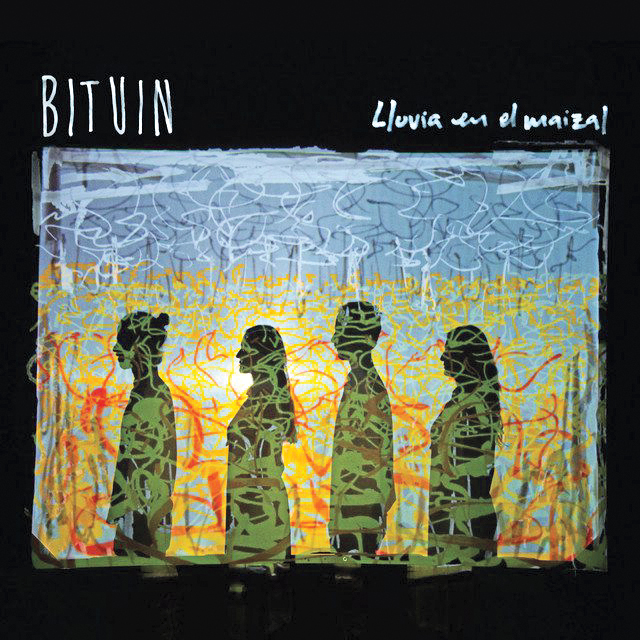
Palenque
Bituin
Additional performances at the festival featured the Orquestra Sinfônica do Estado de São Paulo (OSESP), and Colombian star cellist Santiago Cañón-Valencia. The OSESP, one of the leading orchestras in the Americas, presented three programs, including their Amazon Concerto, a multimedia show with stunning images of the rainforest. The music included Heitor Villa-Lobos’ Bachianas brasileiras #4, one of the prolific composer’s cycle of pieces that merge Brazilian popular music with Bach-inspired counterpoint and formal musical devices.
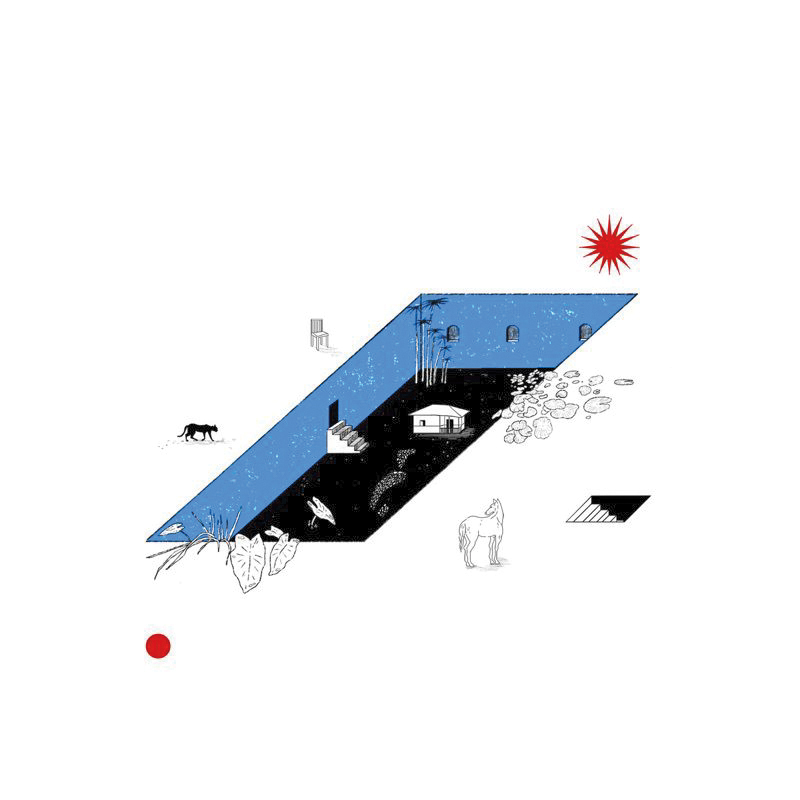
Si como el agua
Manuela Ocampo and Santiago Sandoval
Cañón-Valencia presented an intimate recital, with classics of the cello repertoire alongside his original compositions. “Ascenso hacia lo profundo” is a solo work that sounds like improvisation, with distinctive melodies and textures that keep morphing into successive sections, generating a continuous atmosphere.
Tracks by Gina Savino, Pilar Cabrera, Gregorio Uribe, and many others round out the playlist, which wants to be as kaleidoscopic as the city itself.
Listen to this AQ Playlist on Spotify.


